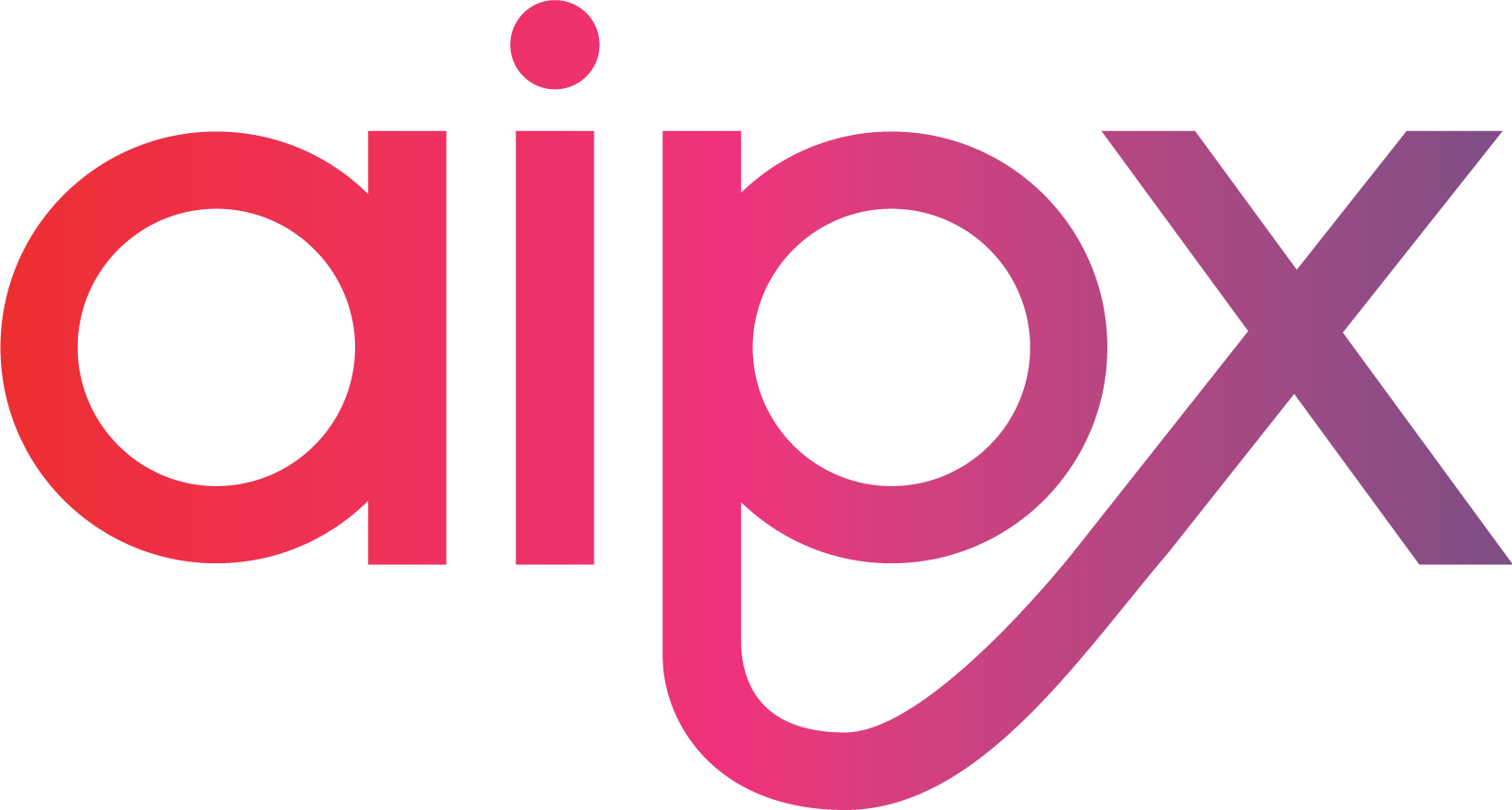Facebook has a set of rules and regulations when it comes to advertising on their platform, These rules govern everything from content and links to target markets and shock value.
Rules
Facebook’s advertising Philosophy
“At Facebook, we believe that ads should contribute to and be consistent with the overall user experience. The best ads are those that are tailored to individuals based on how they and their friends interact and affiliate with the brands, artists, and businesses they care about. These guidelines are not intended to serve as legal advice and adherence to these guidelines does not necessarily constitute legal compliance. Advertisers are responsible for ensuring that their ads comply with all applicable laws, statutes, and regulations.”
for a full list of facebooks rules and regulations Click Here.
Tips
Split Test Your Ads
One of the most important things for any advertiser is to ensure that the advertisements you are running are the best that they can be. Too often advertisers/marketers will launch a Facebook ad campaign and see that they just spend R1000 and got little results and generalize that this must be the case for all campaigns on Facebook. The reality is that your ad campaign probably wasn’t performing well because your ad wasn’t great. The best marketers know that performance comes from testing things out.
There are a limited number of variables that you can change, but here are the four primary groups that you should be testing ads against:
Ad copy – What does the text of your advertisement say? Asking the user to click “Like” below tends to work relatively well.
Ad image – Test different images to see which ones perform the best. You can get extremely granular and test images within various demographic groups. You may find things such as that pink images work better for females.
Interest groups – Another thing you should be testing is which interest groups are more passionate (and hence more likely to click). It’s frequently too expensive to target less passionate and less responsive markets as they click on ads much less frequently.
Demographics within interest groups – Once you find a passionate group, try splitting the ads by gender or age group. You may find that some groups perform better than others. Narrowing this down will help you increase your ads performance and reduce the effective cost per click and cost per action.
Ad costs and impressions are heavily influenced by click-through rate
Click-through rate (CTR) is an incredibly important measurement for Facebook advertising. Even if your singular goal is to grow fans, regardless of how many people click through, you’ll still need to keep a close eye on CTR. Essentially, Facebook judges the success of your ad on the ad’s ability to get a relatively high percentage of people to click. Facebook rewards successful ads with a lower cost per click or cost per impression and more visibility.
Unfortunately, if your ad drops below a certain CTR threshold it will be nearly impossible to bring it back up. In that case, it’s better to start a new ad than to tweak the one you have. From my experience, having below a 0.1 CTR will almost always result in an underperforming ad. But the criteria for establishing a threshold will depend on the goals you establish.
Targeting friends of connections increases the relevance of your ad
Have you ever seen an ad pop up on Facebook that shows that one of your friends is already connected to that page? Did you feel more drawn to the ad than you would have been if no connections were shown? Fact is, Facebook is really great at peer pressure, and when users see that one of their friends is connected to a page, it increases the chance that they too might want to check it out.
Ad Copy
REMEMBER: The most important aspect of your Facebook ads are the images. The image has about 75% bearing on whether or not the user clicks on your ad. Make sure you test multiple ad images as well as different types of images. This can include Stock vs Amateur images, Female vs Male, different ages, etc….
Get Past the Direct Response Mentality
The Challenge: Executives or decision makers possibly don’t understand that direct response isn’t the only (or most important) metric and sometimes the goal isn’t even to drive sales with the ads, but to build relationships.
Clickable: People on Facebook are there to consume social media and produce social media. We don’t want to show a “Buy This Now” ad, we want them to connect with this brand. Once those people are advocates of the brand, it’s much easier to get them to buy things later on. Now you are able to connect more often without the ad and they actually want to hear from you. There’s a fundamental difference.
Related Posts
March 21, 2022
No Cap, this Article is Lit
If this title doesn’t make sense to you, rest assured every single Gen Z…
March 20, 2022
Diversity, Inclusion and Creativity…Now What?
If you’re working, running that side hustle or over 16, you would have heard…
March 1, 2022
All Buzz, No Action
Buzzwords give us a sense of comfort; a sense of belonging. They make us feel…



